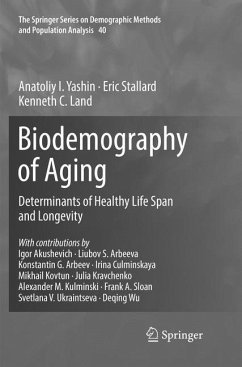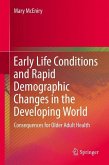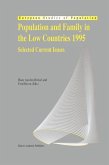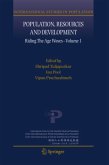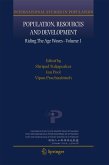This volume is a critical exposition of the data and analyses from a full decade of rigorous research into how age-related changes at the individual level, along with other factors, contribute to morbidity, disability and mortality risks at the broader population level. After summarizing the state of our knowledge in the field, individual chapters offer enlightening discussion on a range of key topics such as age trajectory analysis in select and general populations, incidence/age patterns of major chronic illnesses, and indices of cumulative deficits and their use in characterizing and understanding the detailed properties of individual aging.
The book features comprehensive statistical analyses of unique longitudinal data sets including the unique resource of the Framingham Heart Study, with its more than 60 years of follow-up. Culminating in penetrating conclusions about the insights gained from the work involved, this book adds much to our understanding of the links between aging and human health.
The book features comprehensive statistical analyses of unique longitudinal data sets including the unique resource of the Framingham Heart Study, with its more than 60 years of follow-up. Culminating in penetrating conclusions about the insights gained from the work involved, this book adds much to our understanding of the links between aging and human health.
"A key strength of the book is the serious endeavor to go beyond traditional demographic approaches and incorporate more sophisticated mathematical analyses in the quest to integrate models for health, biology, and lifespan. A reasonable job is done of highlighting useful stochastic models for longitudinal data. Another positive is the variety and quality of the data used." (Anthony Medford, Canadian Studies in Population, Vol. 46, 2019)
"The book is an effort to conciliate the empirical evidence that indicates that aging is a multidimensional process that involves changesin many variables, such as biomarkers. Thus, the book contributes at integrating biological knowledge and methods with traditional demographic analyses. Population scientists interested in population and biological mechanisms of aging will find this book valuable since it provides an overview of the most recent developments in the field." (Vladimir Canudas-Romo and José Manuel Aburto, European Journal of Population, Vol. 33, 2017)
"The book is an effort to conciliate the empirical evidence that indicates that aging is a multidimensional process that involves changesin many variables, such as biomarkers. Thus, the book contributes at integrating biological knowledge and methods with traditional demographic analyses. Population scientists interested in population and biological mechanisms of aging will find this book valuable since it provides an overview of the most recent developments in the field." (Vladimir Canudas-Romo and José Manuel Aburto, European Journal of Population, Vol. 33, 2017)

